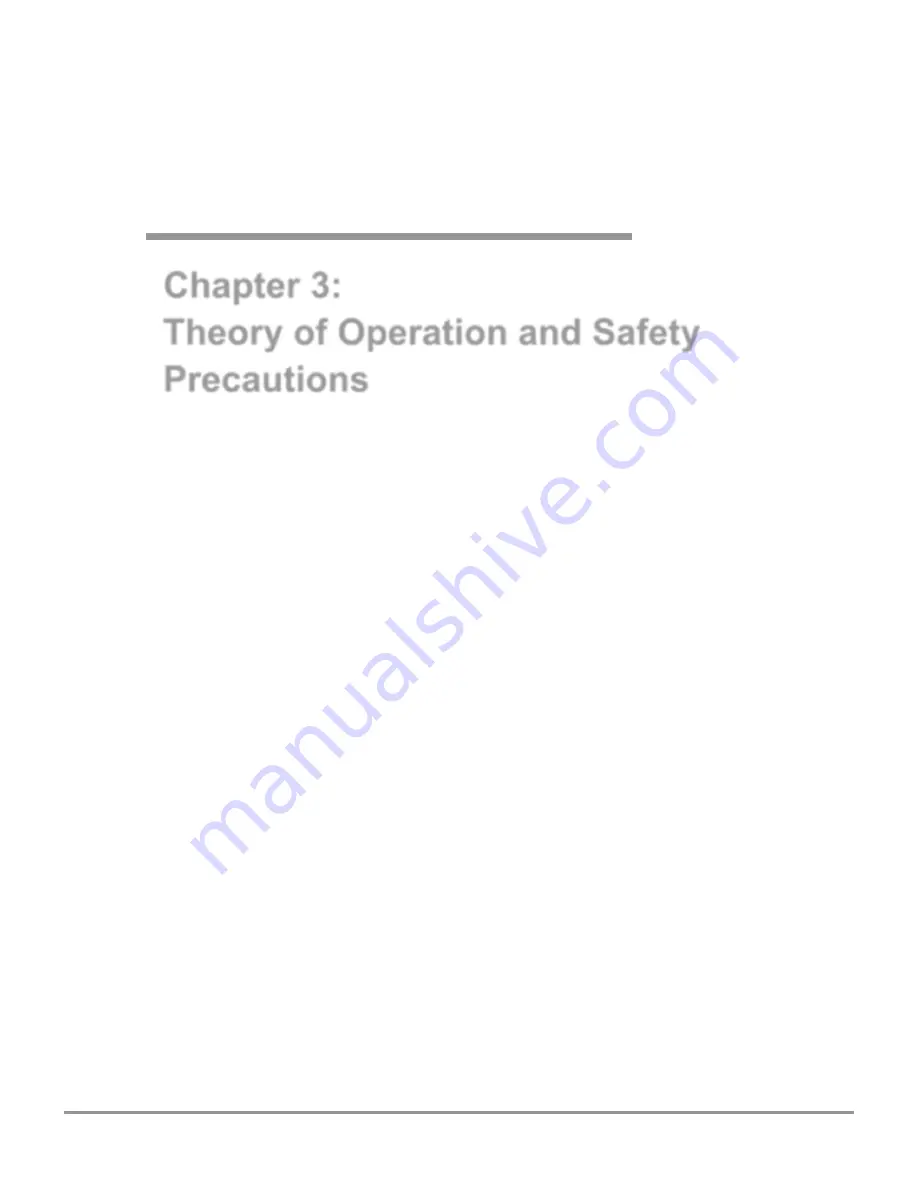
Product Service 1-800-522-7658
4
Chapter 3:
Theory of Operation and Safety
Precautions
The CApture operates using the following principles:
CA polymerization.
Generation of CA fumes through controlled heating.
Removal of CA droplets and fumes by a two stage filter.
The major components in the system are:
The clear chamber
The controller and heater.
The two stage filter.
The blower to force air through the system.
CA Polymerization
Cyanoacrylate is the generic name for fast-acting adhesives such as
methyl 2-cyanoacrylate or ethyl-2-cyanoacrylate. CA adhesives are
sometimes known as "instant glues." CA is an acrylic resin which rapidly
polymerizes in the presence of water (specifically hydroxide ions), forming
long, strong chains, joining the bonded surfaces together. CA is a
tenacious adhesive, particularly when used to bond non-porous materials
or those that contain minute traces of water. It is also very good at
bonding body tissue, and this can be a bothersome (or even dangerous)
side effect during everyday use.
Cyanoacrylate is used as a forensic tool to capture latent fingerprints on
non-porous surfaces such as glass, plastic, etc. The cyanoacrylate fuming
method (often called the super glue method) heats the CA to produce
fumes which react with amino acids, fatty acids, and proteins in the latent
fingerprint and the moisture in the air to produce a visible, sticky white
polymer (polycyanoacrylate) on the fingerprint ridges. The ridges can then
be recorded. The developed fingerprints are, on most surfaces (except on









































